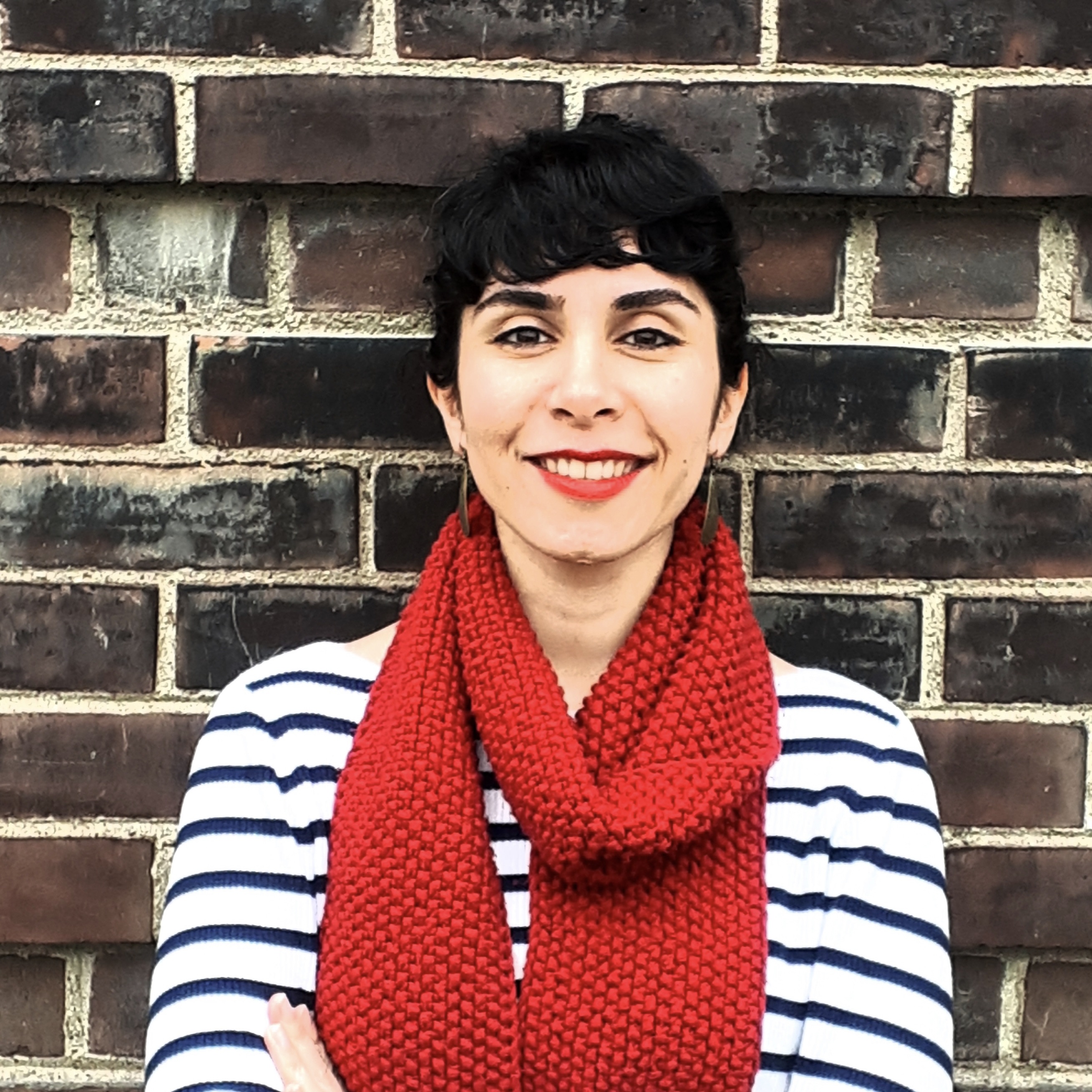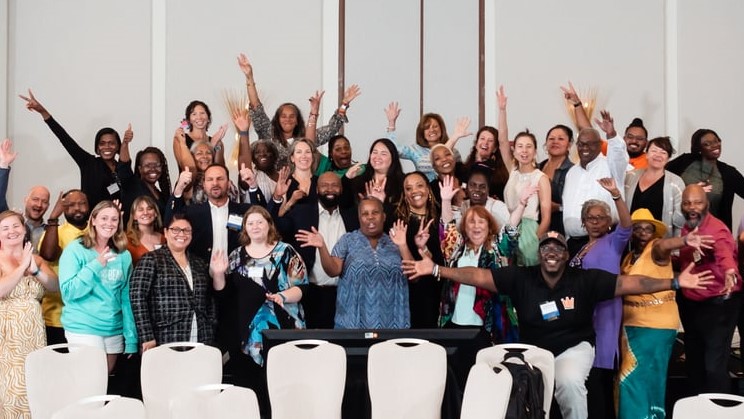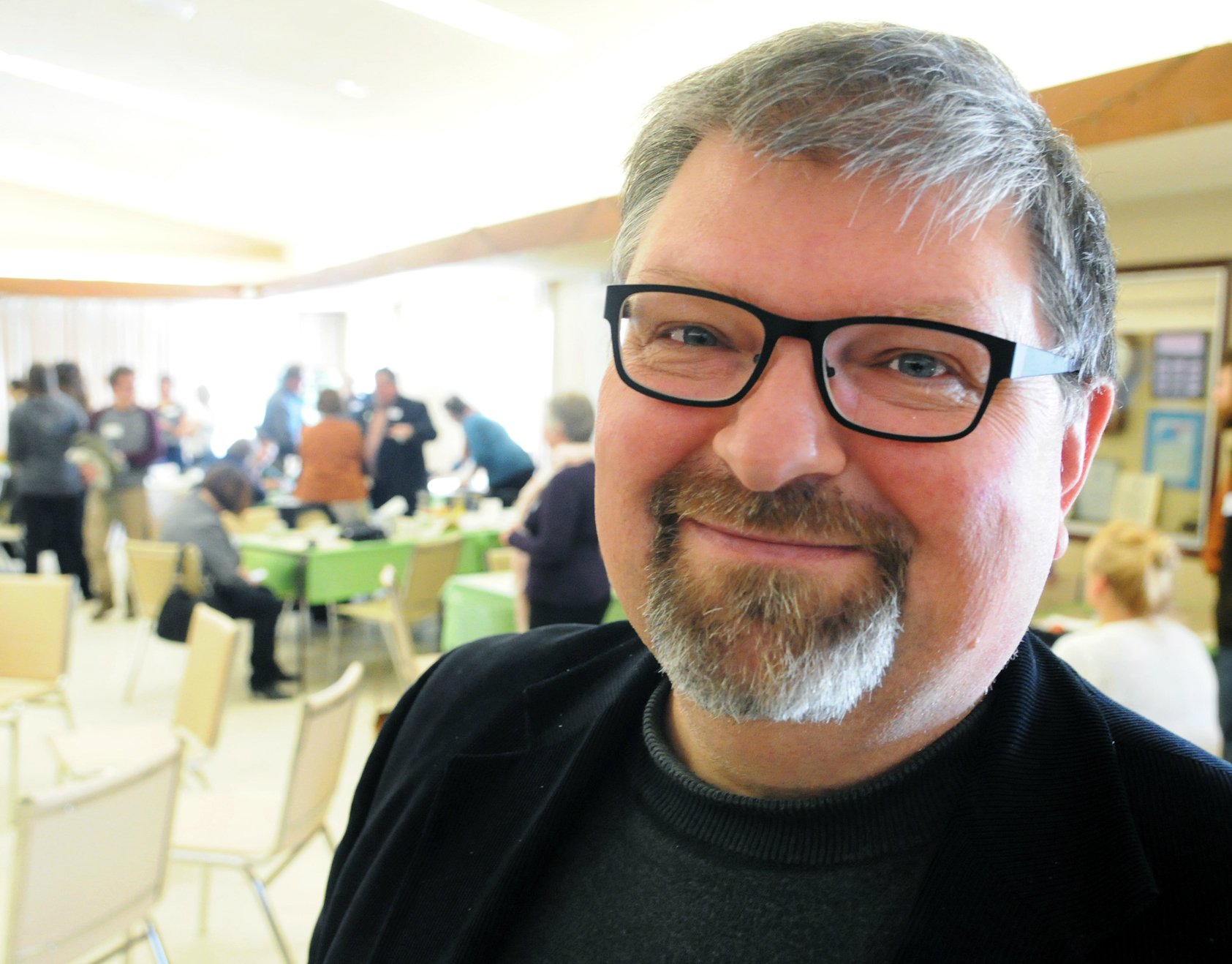Open Architecture Collaborative Canada (OACC), is a community of socially-minded designers, architects, planners, creators, and innovators who strive to create equitable and mutually beneficial relationships between communities’ quality of life and their built environment.
We started in 2003 as the Toronto chapter of Architecture for humanity with the mission to create positive impacts on people's quality of life by making good design accessible to all. We pursued this vision through connecting systematically marginalized communities with our network of socially-minded volunteer designers.

In 2017, we restructured and officially rebranded as Open Architecture Collaborative Toronto, a volunteer-run organization that advocates for and practices community-engaged processes in the design and planning of the built-environment. Over the past few years, with the support of our dedicated volunteers, our local community partners, and professional allies, we co-created numerous community-engaged projects in the Greater Toronto Area.
In late 2019, we started a strategic transition to become an impact-centric organization. We pivoted our goal from enabling community-engaged design and planning processes to promoting community resiliency and sustainability and pushing for equitable quality of life. In our approach community leadership is the core element and the community engagement is a liberating and reflective process.
Through our transition we were tangibly engaged with the fact that the design and planning sector falls behind many other practices in adopting impact-centered lenses. We observed the urgent need to build capacity for design for social impact within our sector, and we have embarked on a new initiative to address that. That is why we are reacting out to you.
We are developing a remote learning experience for students, experts, and emerging leaders in the design and planning of the built environment. We envision this experience as a customizable learning journey of our users to become agents of change for equitable, resilient, and sustainable communities.
We wish to build this initiative by directly engaging the community. That is why we would like to hear from you and to understand how you would envision a learning journey toward an impact-centered practice in shaping the built environment.
We would like to invite you to take 22 minutes of your time and participate in a survey we have designed for our remote academy. Your input would greatly contribute to the impact this new initiative can have on realizing a future in which people co-lead the creation of resilient, equitable, and livable communities that ensure their collective well-being.
Click HERE to help shape our remote academy





